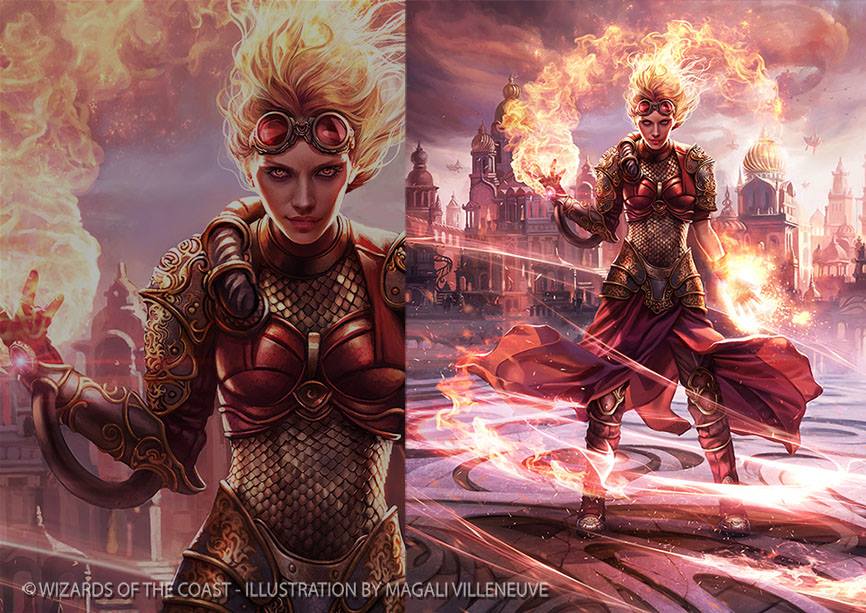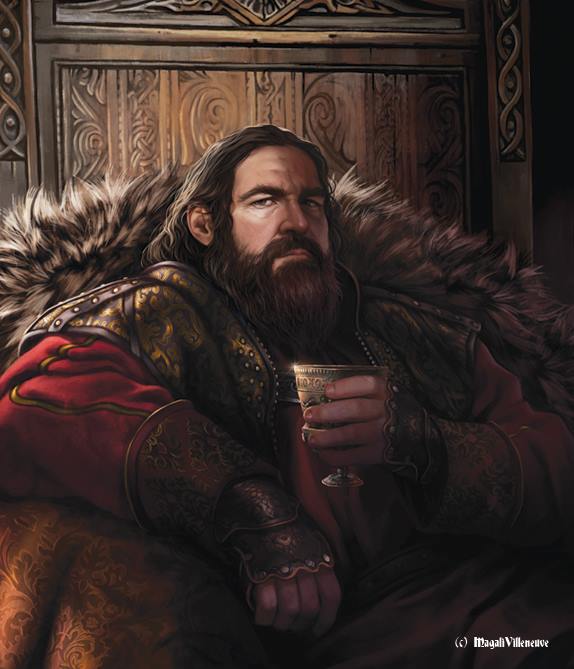

For example, in The Lord of the Rings, you need look no further than to Tolkien’s treatment of Orcs, Uruk-hai, and Haradrim, all of whom are evil, and the only ones described as having dark skin. While neither of these are technically medievalist, being intended more as prehistoric fantastic histories than medieval fantasies, they have still had a profound influence on the way medievalist fantasy approaches race. Tolkien’s The Lord of the Rings and Robert E. She has pointed out that fantasy is built on a foundation of racist stereotyping in J.R.R. Helen Young, scholar of fantasy interpretations of the Middle Ages and author of Race and Popular Fantasy Literature, offers several examples of this in our most popular fantasy literature. Note Haradwaith in the south and Khand in the east. Detail of a map of Middle Earth, annotated by J.R.R. When people of color do appear in classic fantasy texts, they are very often portrayed as an “Other.” They are The Enemy, or at least a group against which the reader is expected to compare the dominant, white culture. Western medievalist fantasy literature relies heavily on European history and mythological traditions. This is especially true when it comes to fantasy literature. The idea of the Middle Ages as a uniform white culture is probably one of the most entrenched misconceptions about the medieval period. Shiloh’s upcoming book, Medievalism in A Song of Ice and Fire and Game of Thrones, is available for preorder now.
#Magali villeneuve a song of ice and fire series#
You can find the rest of the special series here.


Part XXXV in our ongoing series on Race, Racism and the Middle Ages, by Shiloh Carroll.


 0 kommentar(er)
0 kommentar(er)
